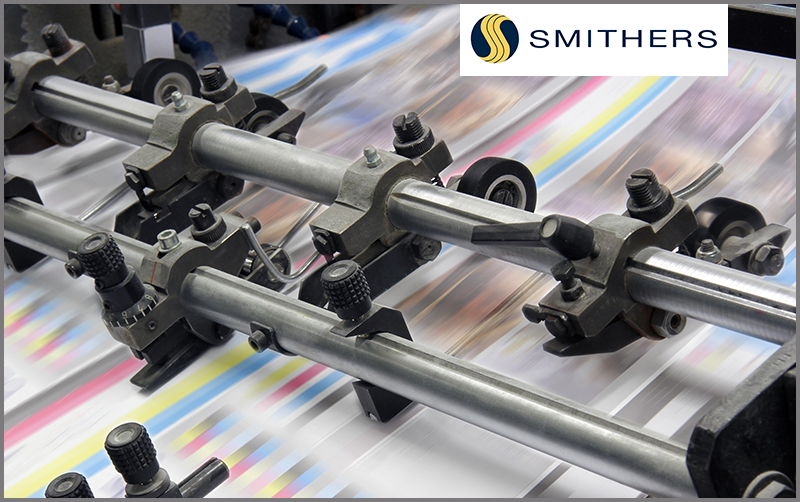
1,000+ US Printing Companies Could Be Lost Due to Tariff Impact, According to New Research by Smithers
15 July 2025: The US printing market could see an additional decline of 6.4% by 2030 as a result of tariffs, representing the closure of more than 1,000 companies. This is according to a new white paper from Smithers, the global authority on the printing industry.
US tariff policies could reshape the global printing industry, with potential impacts reaching into the tens of billions of dollars. Depending on the scenario, US printing consumption in 2030 could range from $78.6 billion to $84.7 billion, a swing of over $6 billion driven by tariff-related uncertainty. The white paper, “Impact of Tariffs on Printing”, projects that global printing demand will reach $355.2 billion by 2030, but warns that growth could decline further by up to 3.1% in the pessimistic scenario.
Key Findings …..
– Segments like commercial print and book printing face the steepest declines due to discretionary spending cuts and import reliance
– Despite pressures, packaging-related print is forecast to grow steadily, driven by e-commerce and food sectors
– Prices for US-manufactured paper and inks will be affected by imported raw materials, and there is not enough US capacity for printing papers, inks and plates in the short term
– Export of used sheetfed offset hardware will be impacted as much of this is destined for India and China, where tariffs remain high
– Printers and suppliers could be forced to explore reshoring and regional hubs to mitigate future tariff risks
– Brands and converters are increasingly adopting a “Plus One” strategy, diversifying their sourcing beyond China to mitigate future trade risks, with Southeast Asia and Latin America emerging as key alternatives.
Methodology
Smithers built three robust scenarios (baseline, pessimistic and optimistic) to assess the impact of tariffs on key printing end-use printing markets, print processes and geographies. Primary and secondary research was built on top of the Smithers in-house database to develop the data for each key scenario. Every step was assessed by the Smithers team of print and packaging subject matter experts. The core economic assumptions utilized IMF and USITC data.
To find out more about Impact of Tariffs on Packaging white paper, please contact Bill Allen: ballen@smithers.com
www.smithers.com






